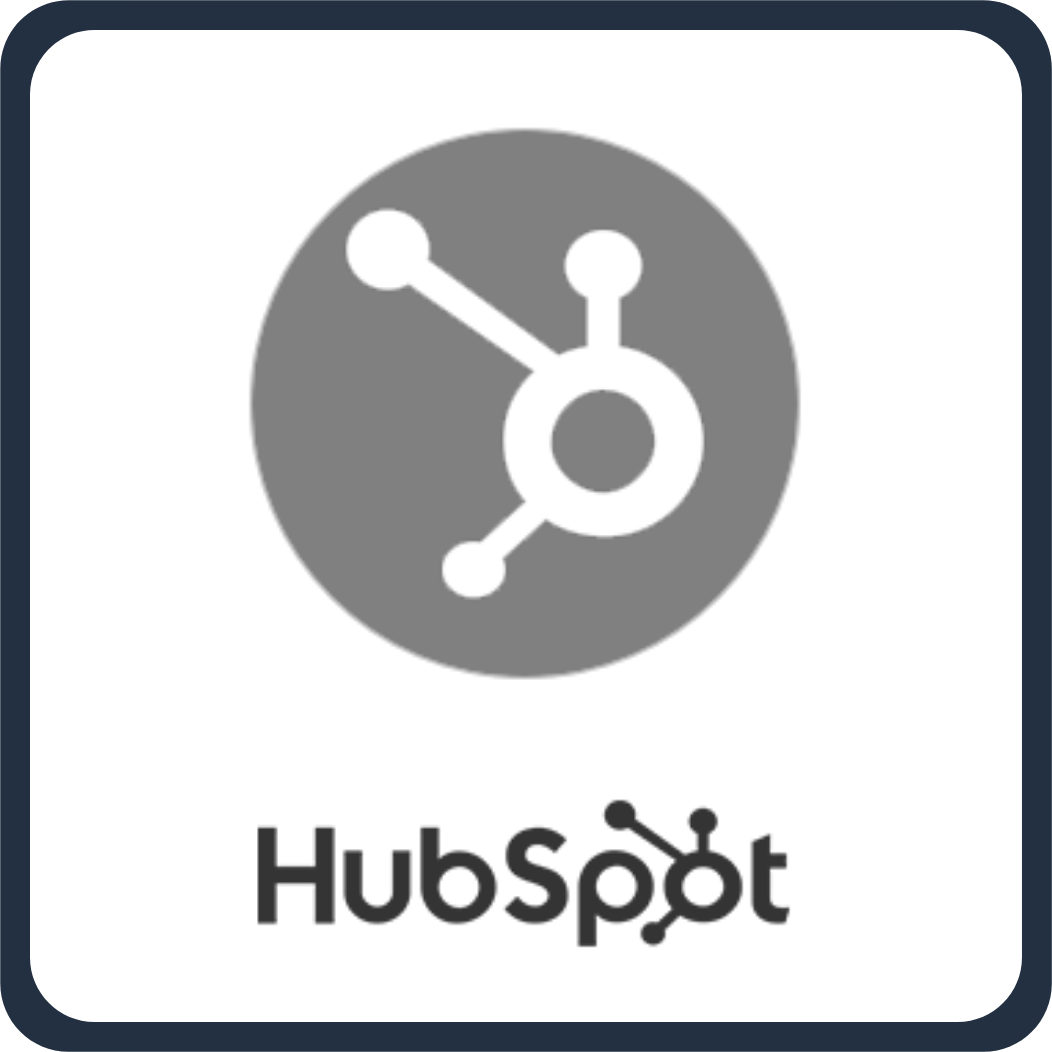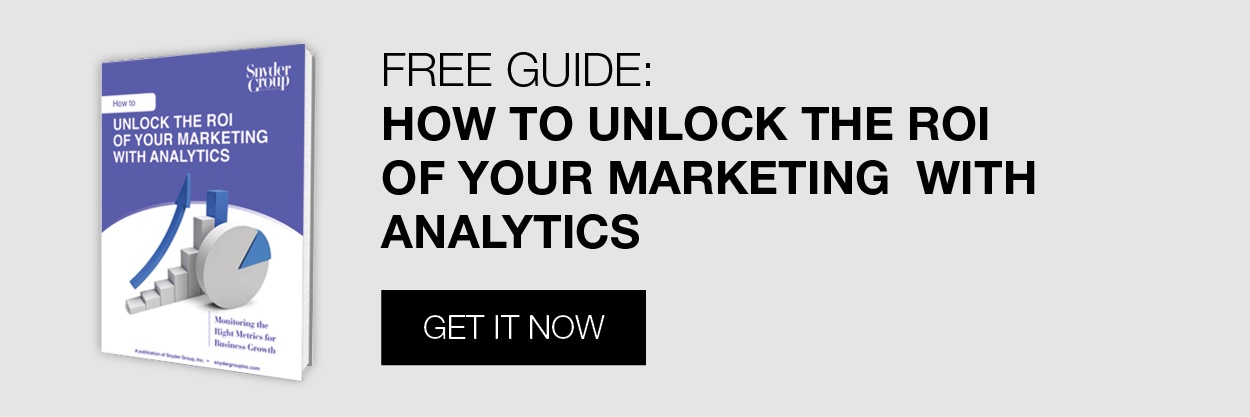Data is everywhere, but it's important to know what data is relevant to you when measuring the performance of your digital marketing campaigns. And as marketers or project managers, being able to cleanly review key metrics is essential to keeping track of project health, campaign performance, and most importantly, your ROI. With so many platforms to keep track of, one or several campaigns throughout the year, where do you start with aggregating that vital information? Which tools are going to best support your initiatives? And how do you make that data actionable? We hope to break that information down for you here.
Getting a Baseline
(and Planning What’s Next)
Whether you’re redoing your entire website or launching a promotional campaign, the only way to see how far you’ve come, and whether or not the journey was worthwhile, is by identifying both the scope of work involved and ideal outcomes. But more importantly, you need to record where you came from. How many visitors per week did your home page see, on average, and how many social followers or email subscribers do you have? These performance baselines are necessary to record growth, as they serve as the starting point to track every effort you make toward the project, giving you a reference to help measure your success.
Picking the Right Tools
(and Knowing How to Use Them)
Getting accurate and comprehensive data exports can be an expensive commitment and sometimes, two competing tools outputting the same information will differ in results. So how do you know which numbers to trust and which system to use?
Take HubSpot and Google Analytics. You're using both platforms to get information about which activities are taken by visitors to your website. However, each has a different interpretation of what constitutes a session. In HubSpot, when a visitor arrives at your site, their visit counts as one session. If they return over thirty minutes later, then it will count as a second session, and so on. Contrarily, in Google Analytics, you can decide that a session should last thirty minutes or a full day.
Unfortunately, there isn’t one Swiss Army marketing tool that allows you to do a full scan of your every tactic, projecting back clear, comprehensive data. Instead, you have to pick and choose–and customize–from one to the next. For example, due to Instagram's API limitations, scheduled and automated posting isn’t capable of being fully automated. So in order to get the most accurate campaign results for posts and stories you’re pushing to Instagram, as well as for your Facebook activity and email outreach, you need to employ a strict SOW for manually consolidating metrics from a few different sources.
 |
Hubspot allows you to create templates for emails and landing pages, as well as post content to your Facebook, Instagram, LinkedIn, and Twitter. Lead management is another perk of this platform, making it easy to get to know your audience. Hubspot also organizes your content by campaign, which effortlessly keeps data contextualized. |
 |
Google Analytics is a must for anyone looking for actionable insights into their website’s performance. True to its namesake, Google Analytics is a powerful tool that tracks and reports traffic. One of the most popular software, it’s free to use and provides in-depth analytics about your visitors. |
 |
SEMRush is a leading software for SEO and PPC optimization and provides research on competitors’ content marketing. At a higher base price point of $119.95 per month, this plan is ideal for startups, freelancers, and small businesses needing an inside scoop, and gets you actionable data to get started. |
 |
Spyfu is a cheaper, comparable option, with price points starting at $39 per month. Its two alternate plans for $78 per month, which give you API access, the ability to track up to 15,000 keywords, and for $299 per month, where you can include up to 5 users in your team. |
Deciding What to Measure
(and Acting on those Metrics)
There are a few important KPIs or data points to keep track of, regardless of what kind of initiative you hope to employ.
Internal Data, which can be anything from sales data and customer data or operation trends and key statistics, is your North Star. This information can be accessed through your webhost or CMS, as well as Hubspot and Google Analytics, and helps to inform the strength of your brand identity and the value of your products and services’ positioning.
Competitor Insights let you know what you need to be doing to keep up. Tools like Spyfu offer detailed information on what your competitors are putting their spend toward, what kind of keywords they’re leveraging, and how their traffic moves throughout the year. This in turn gives you valuable insight into what kind of ad campaigns you should be leveraging, what keywords you should make sure to mention, and when you should be spending more versus pulling back.
Content Metrics cover your email outreach, social posts and stories, and even ad spend. It’s a wide net, but critical information can still slip through the cracks due to the fact that most reporting platforms can’t keep up with the rapid updates social media platforms are subject to. This in turn results in a more manual data scrubbing process, which with tools like Buffer can be made a little easier and a lot more accurate.
Timing is key. When you publish content, host a live, send an email, it can have a big impact on whether or not your audience even sees it, which is why it’s important to do a little more work than just look up “best time to post.” Segment your email audience and run some A/B tests to determine when is best for them. The same can be done for your ad campaigns and all that information you collect will better inform your future decisions.
Audience Engagement is at the heart of everything. Time-on-page informs whether or not your CTA is effective and your landing page layout is user-friendly. How many followers you have on social and how often they’re interacting with your content, the number of active subscribers on your mailing list, these are all indicators of success.
.png?width=2678&name=Internal%20Data(1).png)
By employing a baseline and carefully keeping track of each of these points, you’ll start to get a clearer picture of brand direction and a better understanding of what efforts you need to be prioritizing. Having the full picture of your campaign is key to informing your decisions, so it makes sense to use the best possible tools that’ll outline your KPIs in a way that’s clean, cohesive, and all encompassing.



